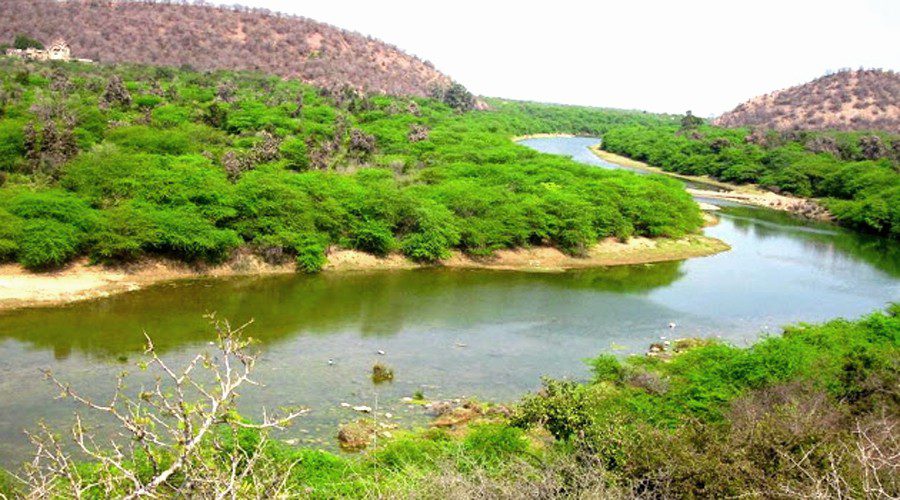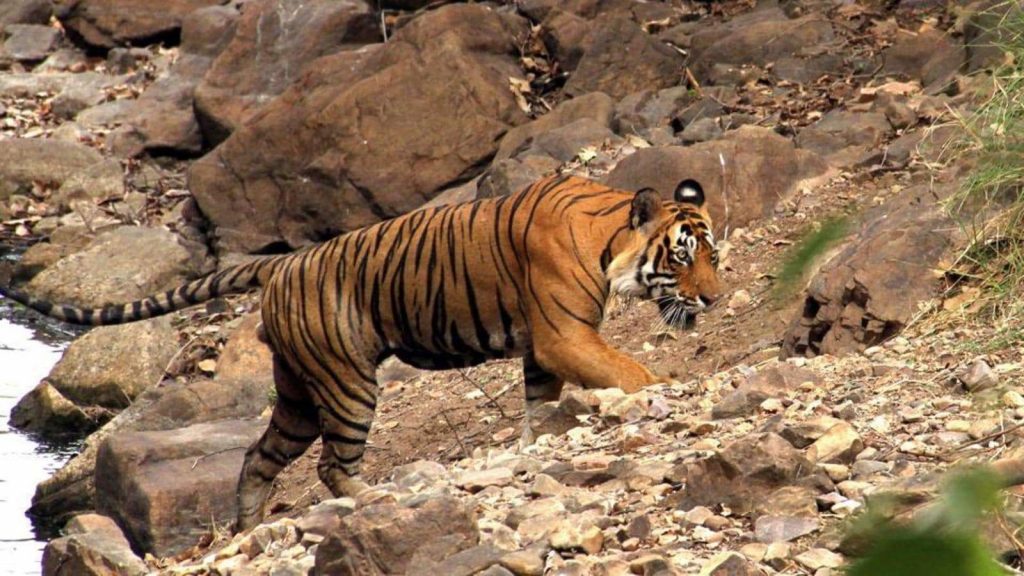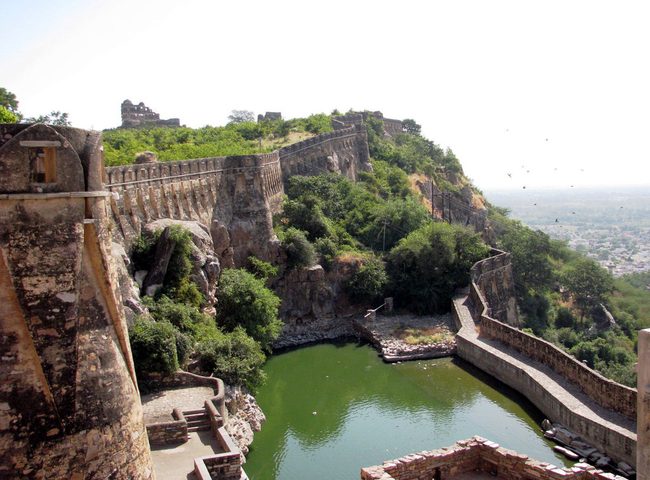In a remarkable feat of wildlife conservation, the Ramgarh Vishdhari Tiger Reserve in Rajasthan witnessed the successful relocation of tigers, marking a significant step toward restoring the sanctuary’s ecological balance. Under the leadership of IFS Officer Sanjeev Sharma, the forest department undertook this complex initiative to breathe new life into a forest that had lost its tigers more than two decades ago.
THE RESERVE’S LEGACY AND TRANSFORMATION
Ramgarh Vishdhari’s forests, which once thrived with wildlife, came under the control of the Rajasthan government post-independence. In 1982, part of this forest was declared a wildlife sanctuary under the Rajasthan Wild Animals and Birds Protection Act, 1951. However, by 1999, tigers had vanished from the sanctuary, leaving behind a quiet but poignant reminder of conservation challenges.
In July 2021, the National Tiger Conservation Authority (NTCA) granted in-principle approval to transform the Ramgarh Vishdhari Wildlife Sanctuary into a tiger reserve, igniting hope for tiger conservation in Rajasthan.

“The process was expedited after Chief Minister Ashok Gehlot announced the upgrade,” stated Mr. Sharma, Divisional Forest Officer (DFO) of the reserve. The forest department swung into action, developing a robust Tiger Conservation Plan (TCP) to regulate tourism and activities within the reserve.
SUCCESSFUL RELOCATION: A STRATEGIC APPROACH
The first crucial step in the revival of the reserve was the relocation of a tigress, T-102, from Ranthambore National Park (RNP) to Ramgarh Vishdhari. After successfully settling into its new habitat, preparations began for relocating another tigress to accompany the male tiger T-115, who had already made the reserve its territory. The approval from NTCA was the final piece of the puzzle needed to execute this delicate operation.
“Relocating tigers is not just about physical movement. It’s about creating a viable habitat where they can thrive,” he shared.
The relocation aimed to establish a balanced tiger population in the reserve, ensuring the presence of breeding pairs to sustain the population over time. The reserve currently spans 1,501.89 square kilometers, including a core area of 481.90 square kilometers, providing an extensive territory for the big cats.

STRENGTHENING CONSERVATION EFFORTS AND TOURISM
The revival of Ramgarh Vishdhari Tiger Reserve wasn’t solely about relocating tigers; it also involved strengthening the habitat and managing human-wildlife interactions.
With a current tiger population of six, including three cubs, the reserve set in motion efforts to relocate eight villages from within its core area. This move aimed to reduce human-animal conflict and provide the tigers with a safe and undisturbed environment.
“The conservation plan also opens up possibilities for regulated tourism, which plays a vital role in both conservation funding and awareness,” the officer mentioned.
To ensure responsible tourism, the reserve developed multiple zones, including buffer zones where tourism was already permitted. Plans were also laid out to open four zones within the core area.
“A committee was constituted to evaluate the price and ascertain safari charges,” Mr. Sharma added.

A NEW DAWN FOR RAMGARH VISHDHARI
The successful relocation of tigers to Ramgarh Vishdhari has not only revived the sanctuary’s ecological significance but has also kindled hope for the region’s wildlife conservation efforts. Apart from tigers, the reserve is home to a variety of wildlife, including leopards, sambar deer, chital deer, and wild boars, making it a biodiversity hotspot.
“The process of relocation and conservation is ongoing. It’s not the end, but the beginning of a journey to restore and protect our natural heritage.”
The efforts taken by the forest department, along with the support of the NTCA and the state government, have set a benchmark for wildlife conservation in India.

LOOKING AHEAD: A SUSTAINABLE FUTURE
With the successful relocation of tigers and the development of a robust conservation framework, Ramgarh Vishdhari is poised to become a thriving habitat for big cats once more.
As the reserve opens up for tourism and continues to monitor and protect its growing tiger population, it presents an opportunity for people to witness the beauty and resilience of wildlife.
“Our ultimate goal is to ensure that Ramgarh Vishdhari remains a safe haven for tigers and other wildlife for generations to come,” stated Mr. Sharma, reflecting on the reserve’s journey from desolation to a beacon of hope in wildlife conservation.





























